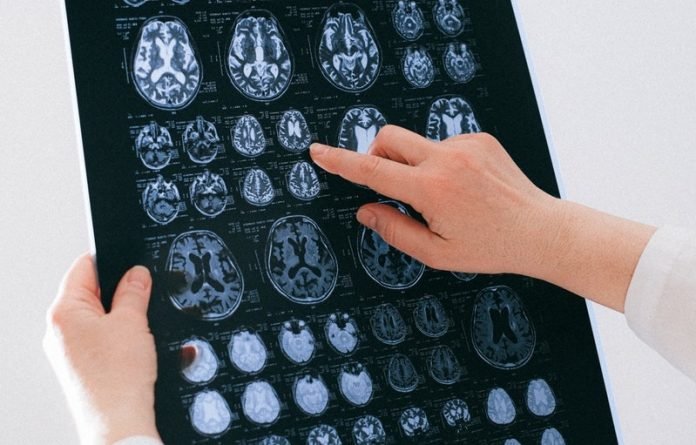
Scientists from the Hebrew University of Jerusalem developed a new way to detect early-stage Parkinson’s disease.
The research was published in the journal Science Advances and was conducted by Professor Aviv Mezer et al.
Parkinson’s is a progressive and debilitating disease of the brain that eventually compromises patients’ ability to walk and even to talk. Its diagnosis is complex, and in the early stages impossible.
The usual method of visualizing brain structure utilizes a technique most of us are familiar with, called MRI.
However, it is not sensitive enough to reveal the biological changes that take place in the brain of Parkinson’s patients, and at present is primarily only used to eliminate other possible diagnoses.
In the study, the team found the cellular changes in Parkinson’s could possibly be revealed by adapting a related technique, known as quantitative MRI (qMRI).
Their method has enabled them to look at microstructures within the part of the deep brain known as the striatum—an organ that is known to deteriorate during the progress of Parkinson’s disease.
Using a novel method of analysis, the team found biological changes in the cellar tissue of the striatum.
Moreover, they were able to demonstrate that these changes were associated with the early stages of Parkinson’s and patients’ movement dysfunction.
The team says the high sensitivity of these measurements could only have been previously achieved in laboratories examining the brain cells of patients post-mortem, which is not an ideal situation for detecting early disease or monitoring the efficacy of a drug.
The team is now developing qMRI into a tool that can be used in a clinical setting.
They further suggest that this type of analysis will enable the identification of subgroups within the population suffering from Parkinson’s disease—some of whom may respond differently to some drugs than others.
Ultimately, this analysis can lead to personalized treatment, allowing future discoveries of drugs with each person receiving the most appropriate drug.
If you care about Parkinson’s disease, please read studies about a cure for Parkinson’s disease and findings of a new early sign of Parkinson’s disease.
For more information about brain health, please see recent studies that this stuff in berries may prevent and reverse Parkinson’s disease and results showing eye tests could predict Parkinson’s disease 18 months ahead.
Copyright © 2022 Knowridge Science Report. All rights reserved.



